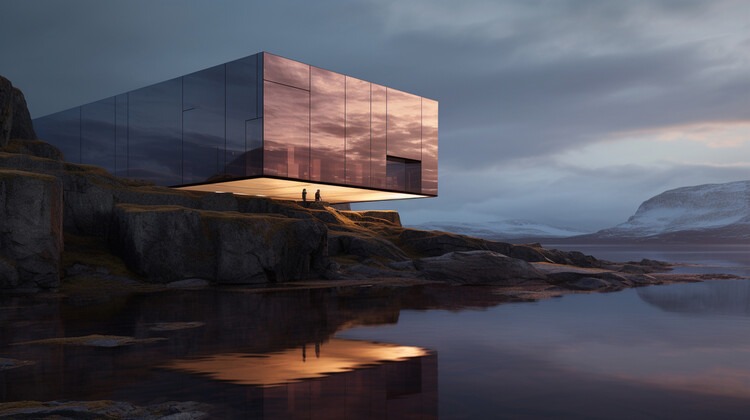The meteoric rise of artificial intelligence permeates nearly every modern industry. Now, AI radically disrupts how buildings get envisioned and erected as well. Once feared by some as an existential threat, AI instead empowers architects reconciling human ingenuity with data-driven design unshackled by conventional limitations.
Let’s examine the monumental influence of AI across architecture and construction while peeking into a future symbiotically blending neuro-architectural collaboration with optimized building efficiencies.
AI Augmenting Creative Architectural Design
Leading architecture firms increasingly invest in AI-assisted design tools analyzing disparate datasets revealing insights humanly undetectable. Rather than chilling creativity, algorithms provide unique sparks fording rivers of knowledge into inspiration oceans.
Case in point, Zaha Hadid Architects’ experimental Generative Design software digests complex context input like site contours, zoning laws, material cost constraints, lighting conditions and beyond before outputting hundreds of spatially optimized form options balancing tradeoffs, uncovering unexpected abstractions unlocking buildable geometries aligning client desires.
By effectively navigating massive solution spaces exponentially compounding permutations faster than any lone draftsperson, AI liberates opportunity recognizing vision more fully.

Bespoke Design Personalization
Furthermore, some emerging systems allow clients directly fine-tuning preferences watching suggested iterations reflex in real-time via interactive modeling.
This democratizes design participation while still benefiting from machine learning efficiencies distilling amorphous human whims into tangible spatial manifestations.
Optimizing Building Performance and Efficiency
Beyond conception, embedded AI radically improves constructed output measuring sustainability and usage telemetry optimizing around occupant comfort.
For example, DeepMind’s AI research arm trained cloud-based neural networks lowering HVAC system energy expenditures over 20% via predictive climate control modulation recognizing granular thermal patterns better satisfying human preferences.
Likewise, sensors continually monitoring electricity, water usage, and mechanical performance allow predictive maintenance maximizing equipment lifespan minimizing disruptive downtime.
Enhancing Project Management and Construction Administration
AI also introduced automation assists architects navigating construction complexities expanding beyond pure design aspirations.
Project management software platforms integrating computer vision, natural language processing, and sensor data analytics help:
- Orchestrate contractor/supplier scheduling
- Track budgets ensuring accurate forecasting
- Secure permitting and licensing approvals
- Monitor general site progress
As a force multiplier for navigating immense administrative complexity supporting build manifestion, AI furnishes powerful supplementary tools once reserved exclusively for time-tested human expertise.

Responsible AI Adoption Remains Imperative
However, legitimate ethical apprehensions accompany AI’s rapid architectural encroachment.
Issues like algorithmic bias risks, accountability gaps for failure modes, and erosion of intuitive creative primacy demand urgent redress.
Thankfully, pioneering companies demonstrate proactive responsibility self-imposing oversight, auditing transparency, and human-centric value alignment so harmony triumphs over disruption.










Add Comment